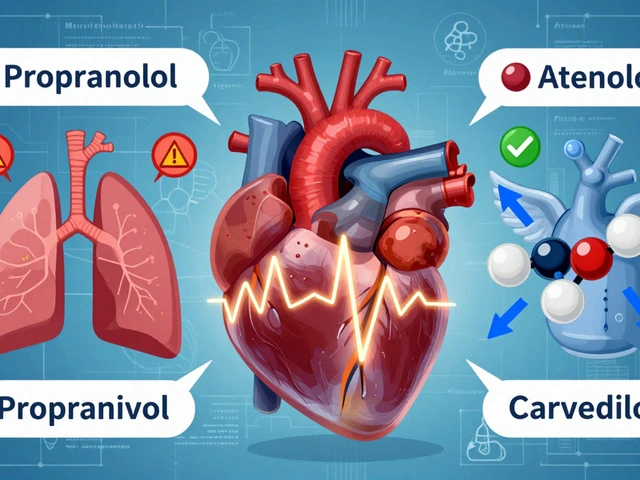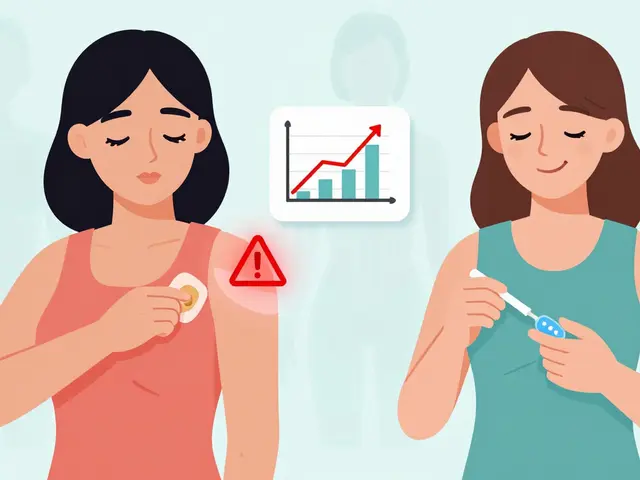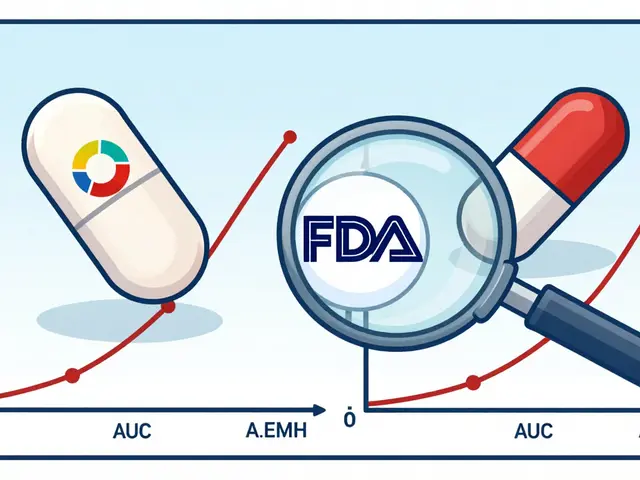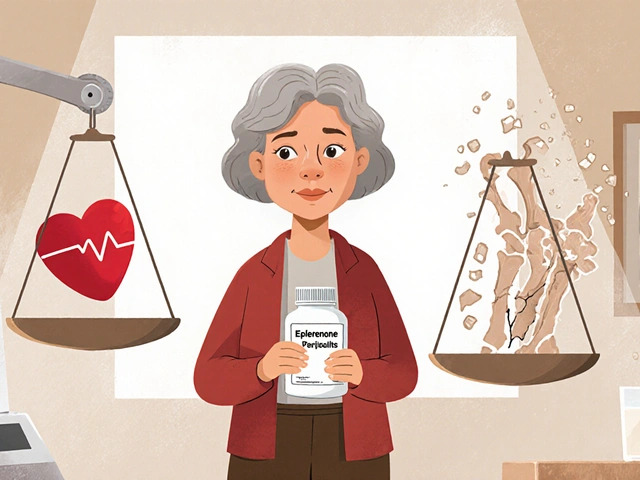Prazosin: What It Is, How It Works & Who Should Use It
If you’ve heard the name prazosin but aren’t sure what it does, you’re in the right place. Prazosin is an oral medication that belongs to a group called alpha‑blockers. Doctors mainly prescribe it for high blood pressure and, more recently, for nightmares linked to PTSD. Think of it as a tool that relaxes certain muscles around your blood vessels, making them easier to widen.
How Prazosin Works
When prazosin enters your bloodstream, it blocks alpha‑1 receptors on the walls of arteries. That blockage stops the nerves from tightening those vessels, so they stay relaxed and blood can flow more smoothly. Lower resistance means lower pressure – simple as that.
The same mechanism also dampens the brain’s response to stress signals during sleep. For people with PTSD, this can mean fewer scary dreams and a calmer night. It’s not a cure for PTSD, but many find it helps them get the rest they need.
Dosage & Safety Tips
Doctors usually start you on a low dose – often 1 mg at bedtime – then gradually increase it based on how you feel and your blood pressure numbers. Some people end up taking 5 mg or more, split between morning and night. Always follow the schedule your prescriber gives; jumping to higher doses too fast can cause dizziness.
Take prazosin with a full glass of water. If you’re prone to getting up quickly in the morning, it’s best to stand up slowly – sudden moves can trigger light‑headedness because the drug lowers blood pressure.
Common side effects include mild headaches, a feeling of warmth, or a stuffy nose. Most people notice these only for the first few days as their body adjusts. If you get a rapid heartbeat, severe dizziness that doesn’t improve, or swelling in your ankles, call your doctor right away.
Don’t mix prazosin with certain other medicines without checking first. Combining it with other blood pressure drugs, especially those that also lower heart rate, can push your numbers too low. Same goes for some antidepressants – they might boost the blood‑pressure‑lowering effect.
If you’re pregnant or nursing, let your healthcare provider know. The data isn’t clear on safety, so a doctor will weigh benefits against any potential risks.
For PTSD patients, timing matters. Most find taking prazosin about an hour before bedtime works best for reducing nightmares. Keep a sleep diary to track changes – note when you take the pill, how many bad dreams you have, and any side effects. This info helps your doctor fine‑tune the dose.
Remember that lifestyle still plays a big role. Pairing prazosin with a low‑salt diet, regular exercise, and stress‑relief techniques can boost its effectiveness for blood pressure. For PTSD, therapy and coping strategies work best alongside medication.
In short, prazosin is a straightforward pill that targets specific receptors to lower blood pressure and calm the brain’s night‑time stress response. Start low, move slowly, watch for side effects, and keep your doctor in the loop. With the right approach, many people see smoother blood pressure control and fewer nightmare episodes.








